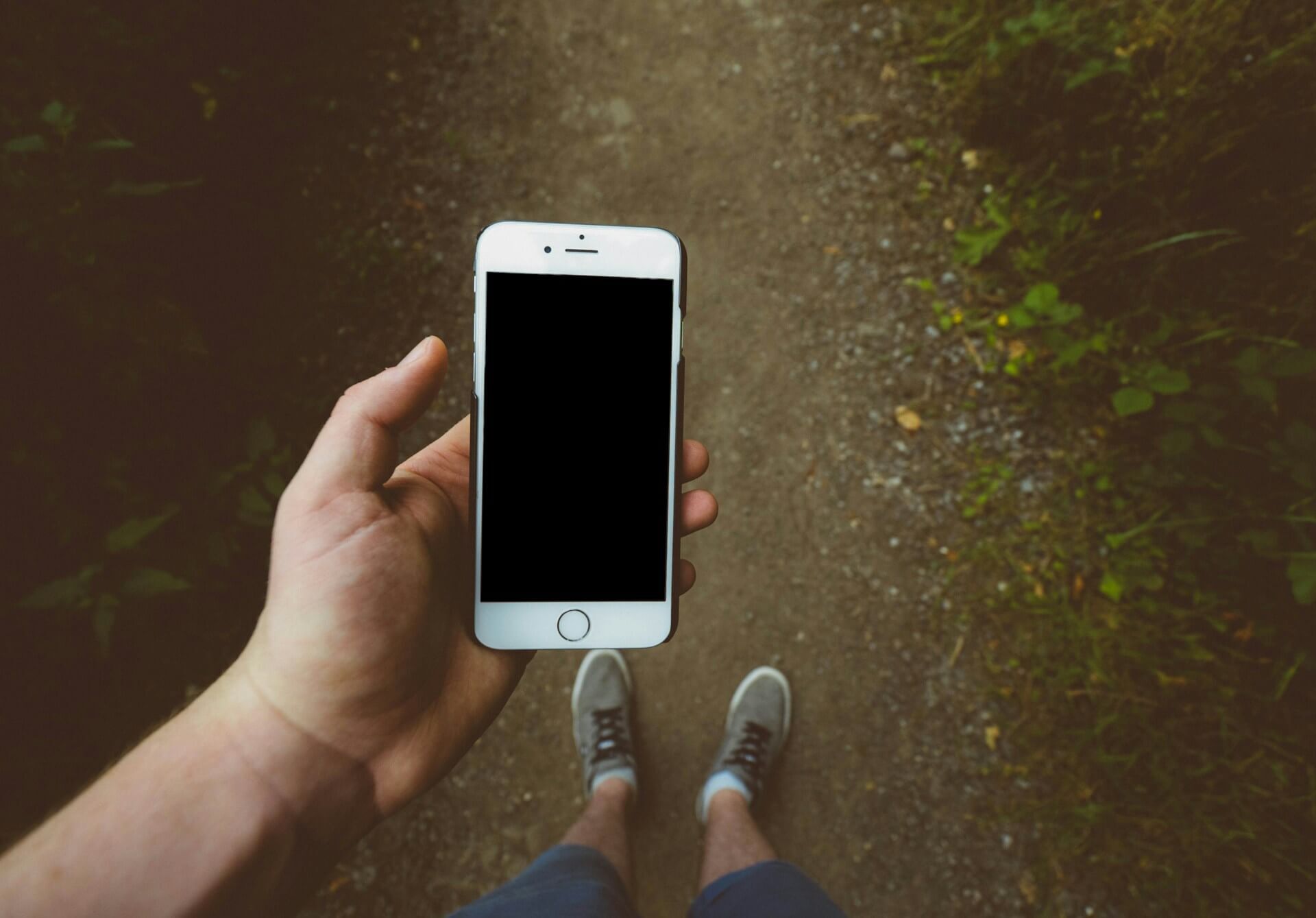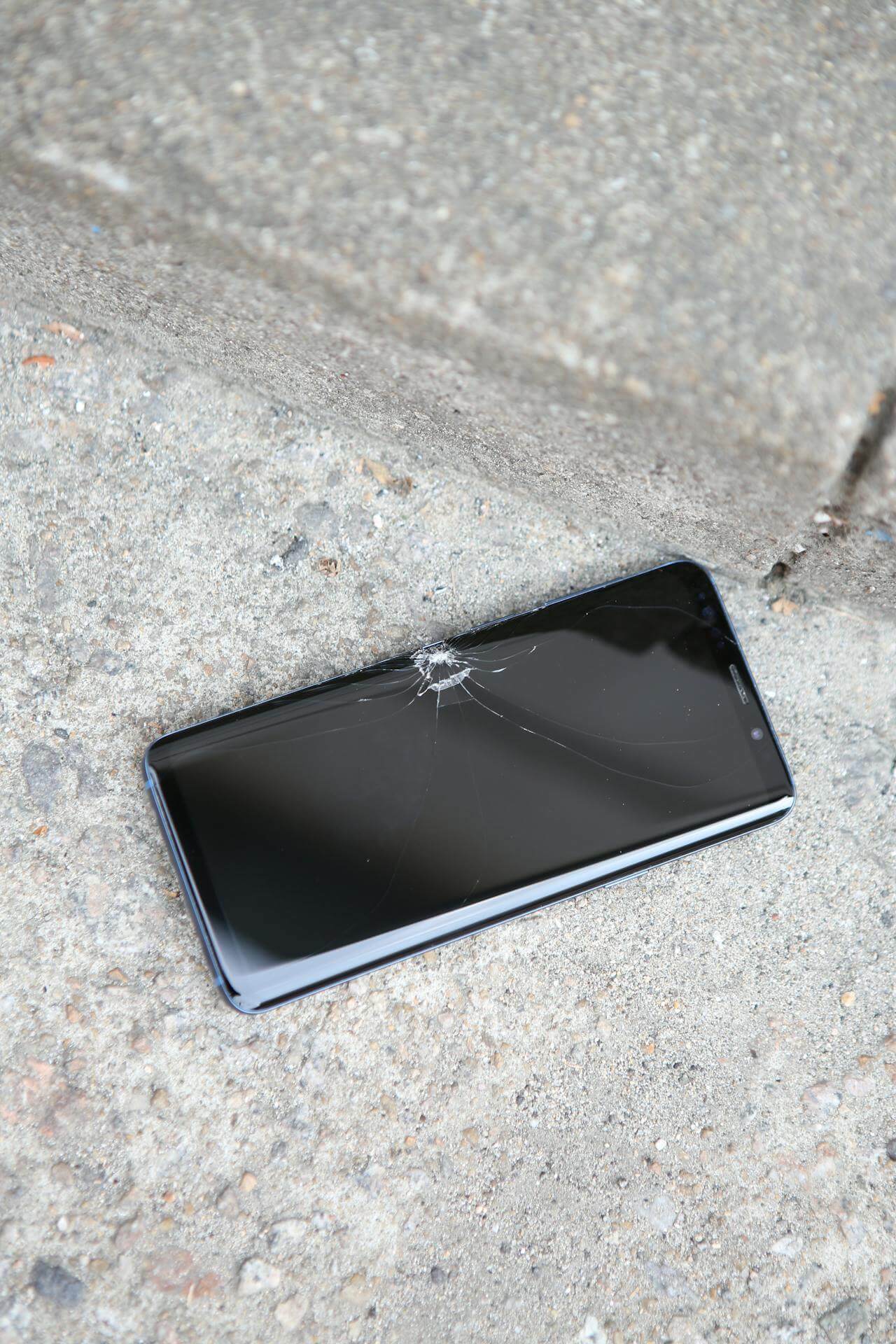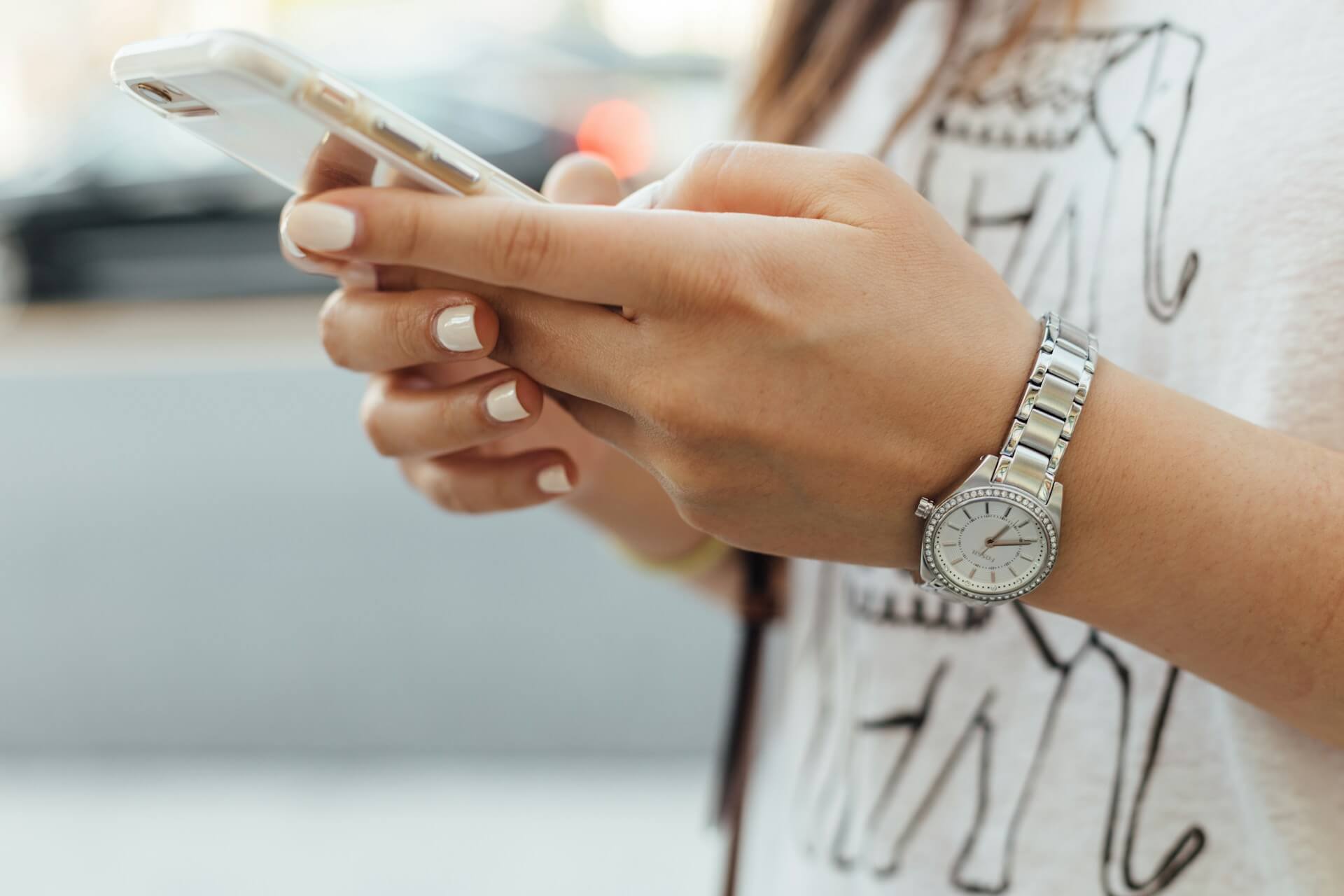To Protect or Not to Protect: Are Screen Protectors Necessary?

You invested a pretty penny to get your feature-rich smartphone – it’s understandable that you want to protect it as much as you can. It’s even more understandable if you’re known for being a little less…graceful than your friends and family. Sure, you have your phone case, but is that really enough protection?
Screen protectors are designed to protect your phone (and tablet) from scratches and cracks caused by accidental drops and bumps. But the million-dollar question is: are iPhone screen protectors necessary? Fasten your seatbelts, because we’re about to go on a ride to discover whether your phones and tablets really need them.
Are Screen Protectors Necessary?

Many smartphone users are hesitant to buy a screen protector – and we get it. A screen protector doesn’t seem necessary if you already have a protective phone case that touts the latest features and technologies? But, even the best cases don’t cover your phone’s screen.
When it comes down to it, screen protectors truly live up to their name and give you the ultimate protection for your screen.
When they’re dropped, iPhones and other devices always seem to fall in the worst possible way: hitting sharp furniture corners, landing on concrete, and the dreaded face-down landing. Because phone cases don’t cover your screen, screen protectors are necessary to protect your screen from cracks, scratches, and other impact damage.
Even if you’ve never dropped your devices, screen protectors are still necessary for your iPhone, smartphone, or tablet. Impact protection isn’t the only reason to invest in a screen protector. They also offer scratch protection from sharp objects (e.g., your keys) in your pocket or bag, and they protect against everyday wear and tear.
A damaged screen affects your ability to use your phone to its full potential. Everything from scrolling to looking at pictures is negatively impacted by a damaged screen.
The Pros and Cons of Screen Protectors
What kind of screen protector you choose depends on your individual needs. Screen protectors are necessary for that added layer of protection for your devices, but that doesn’t mean some lower-quality protectors aren’t without faults. Take a look at the pros and cons to find the best solution and determine which screen protector is right for you.
Pro: Ultimate Impact and Drop Protection
Screen protectors give you peace of mind by offering the necessary features you need to keep your phone safe, like the shock-absorbing Hexium impact technology of ZAGG’s Glass XTR3 that’s 10x stronger than traditional glass protection. Other screen protectors are made with tempered glass, which is known for its extreme durability and protection against scratches.
Con: Could Impact Touch Screen Sensitivity
Pro: Help Improve Your Visual Experience
Some screen protectors go above and beyond to improve your visual interaction with your screen. How? With two different features: anti-glare technology and blue light filtration.
It’s more important than ever to reduce exposure to high-energy blue light. Blue light has been shown to suppress melatonin which may disrupt sleep patterns. Many people experience eye discomfort when using digital devices for extended periods. Screen protection with blue light filtration and anti-glare technology can make using your phone a much more pleasant experience.
ZAGG’s VisionGuard, XTR, XTR2, and XTR3 screen protectors feature blue light technology that reduces up to 60% of intense blue light.
Con: Can Be Difficult to Apply
Installing most screen protectors can be a total nightmare. Many lower-quality products require your screen to be 100% free of dust or it’ll show up under your screen protector – which is a pain. Plus, getting the perfect alignment can be so frustrating that it can make you question whether smartphone or iPhone screen protectors are really necessary after all.
All hope isn’t lost though. ZAGG’s XTR2 and XTR3 screen protectors feature adhesives that install smoothly over dust. And getting a precisely aligned installation is incredibly easy.
Pro: Offer Scratch Protection
Even if you never drop your new phone or tablet, its screen is still vulnerable to scratches and scrapes. Anything can cause scratches: your keys, items with sharp corners in your bag, or even sitting on a table face down.
We all know how expensive it can be to replace screens, so anything that’s going to stop those scratches in their tracks is a total win.
Con: May Experience Decreased Display Quality
Adding a sub-par screen protector could also impact your phone or tablet’s display quality. Needless to say, this is the last thing that most smartphone users want. That’s why it’s necessary to find screen protectors that are crafted using advanced technology.
Look for screen protectors, like ZAGG’s, that are made with technology designed for better optics. This could include anti-reflective technology, anti-glare technology, surface treatment for a smudge-free screen, and a high-quality glass construction.
Pro: Double the Protection with Screen Privacy
You can get even more protection from scratches and prying eyes with privacy screen protectors. Privacy screen protectors limit the viewing angle of your display, so you’re the only one who can see your screen.
Screen protectors with privacy protection are 100% necessary if you want to prevent others from viewing your device in crowded public spaces and protect your sensitive information, like banking and photos. Privacy screen protectors like ZAGG’s Glass Elite Privacy and Glass Elite Privacy 360 offer ion exchange technology for greater strength and scratch resistance. Protection’s never been better.
Keep in mind that this advantage only applies to privacy screen protectors – not all screen protectors.
Screen Protector Alternatives

Are screen protectors and iPhone screen protectors necessary? Yes, but they’re not the only options that can keep your devices safe from damage.
Your best bet without a screen protector is definitely a case. ZAGG’s cases offer lightweight, rugged protection you can trust to keep your phone safe. Constructed with durable materials like graphene (a material 200x stronger than steel!), our cases are designed with advanced protective features, including drop resistance up to 13 ft.
Another option is a phone or tablet sleeve. Sleeves are great for keeping your devices safe from scratches, especially in your bag. However, they don’t offer much protection from the impact of drops.
You could also use phone corner protectors that adhere to the corners of your device. They help prevent denting and reduce the risk of cracking if your device drops. Keep in mind that corner protectors offer light protection; screen protectors are the necessary option if you’re concerned about damage.
Protect Better
Don’t let protection worries get in the way of enjoying your phone or tablet to the fullest. Consider your lifestyle and your needs to make an informed decision about the best type of protection for you.
ZAGG offers the ultimate protection solutions for your device. Their 360-degree protection covers everything from stylish and protective cases to the best screen protection. Protect better with ZAGG!
FAQs
Loading results...
